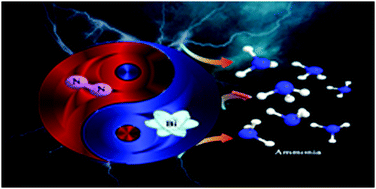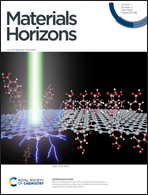Catalytic reduction of nitrogen to produce ammonia by bismuth-based catalysts: state of the art and future prospects
Abstract
Ammonia is a key industrial raw material for fertilisers, chemicals and energy. The annual artificial ammonia synthesis via the Haber–Bosch process results in about 2% of global energy consumption and can lead to 1.6% CO2 emission. Hence, it is urgent to develop low-cost and environmentally friendly approaches for artificial ammonia synthesis under ambient conditions. Recently, bismuth (Bi)-based catalysts have attracted great interest due to their excellent nitrogen fixation performance in electrochemical and photocatalytic fields. However, there is still a lack of a comprehensive review on Bi-based nitrogen-fixation materials focusing on their crystal structure, surface engineering and modification methods, which is highly desirable for facilitating their further development towards applications. Herein, we provide an up-to-date review on Bi-based nitrogen-fixation materials and classify them as metallic Bi, bismuth oxide, bismuth oxyhalide, and Bi-based polyoxometalates. Starting from the underlying crystal structure, we analyse the internal electric field, surface engineering and modification methods of Bi-based nitrogen fixation materials. Then, we highlight the latest achievements of Bi-based materials and reveal the challenges and obstacles in the development and application of Bi-based nitrogen-fixation materials. More importantly, this review presents the surface and structure engineering strategies, and future directions for the development of new Bi-based nitrogen-fixation materials under ambient conditions.

- This article is part of the themed collection: Recent Review Articles


 Please wait while we load your content...
Please wait while we load your content...